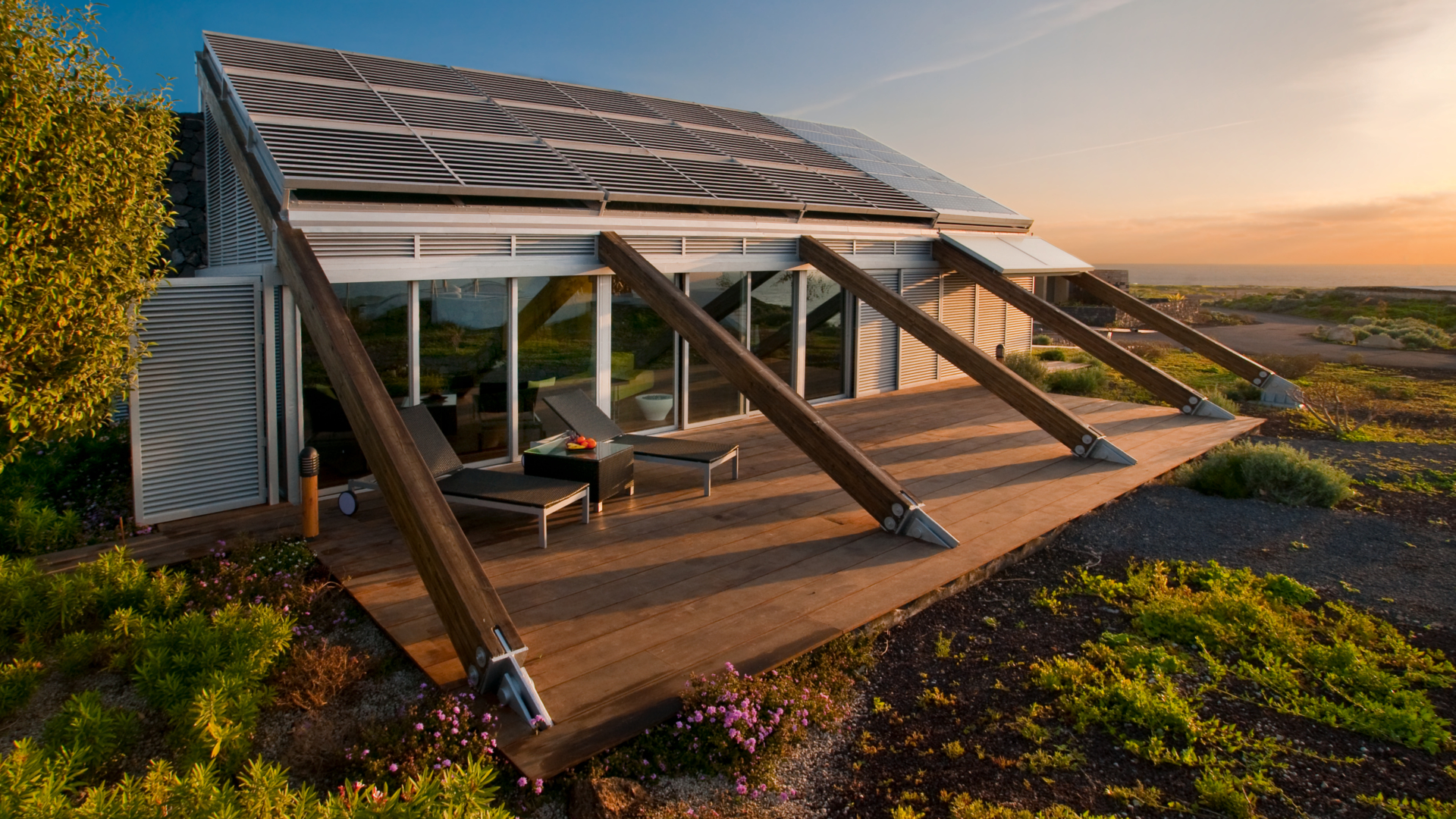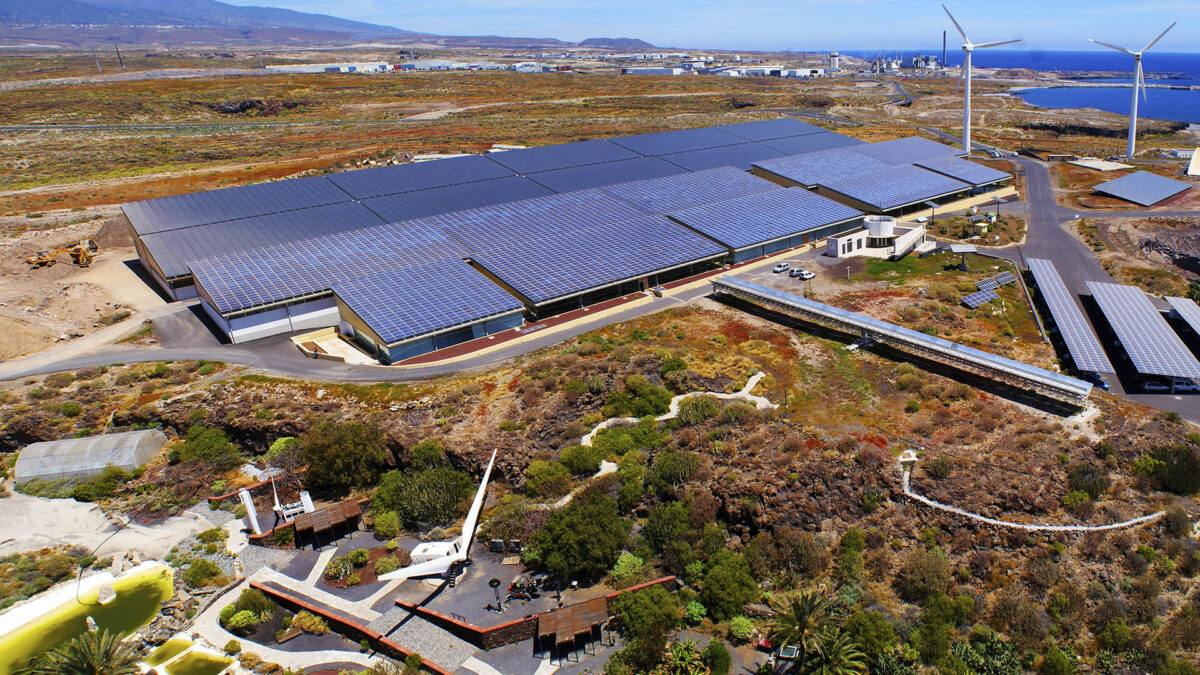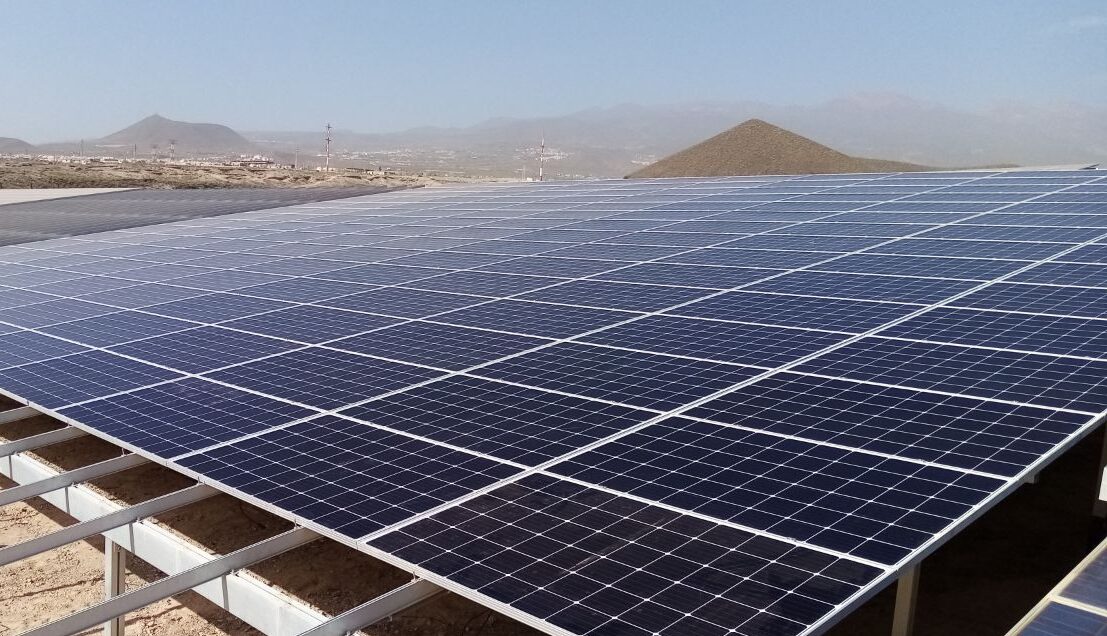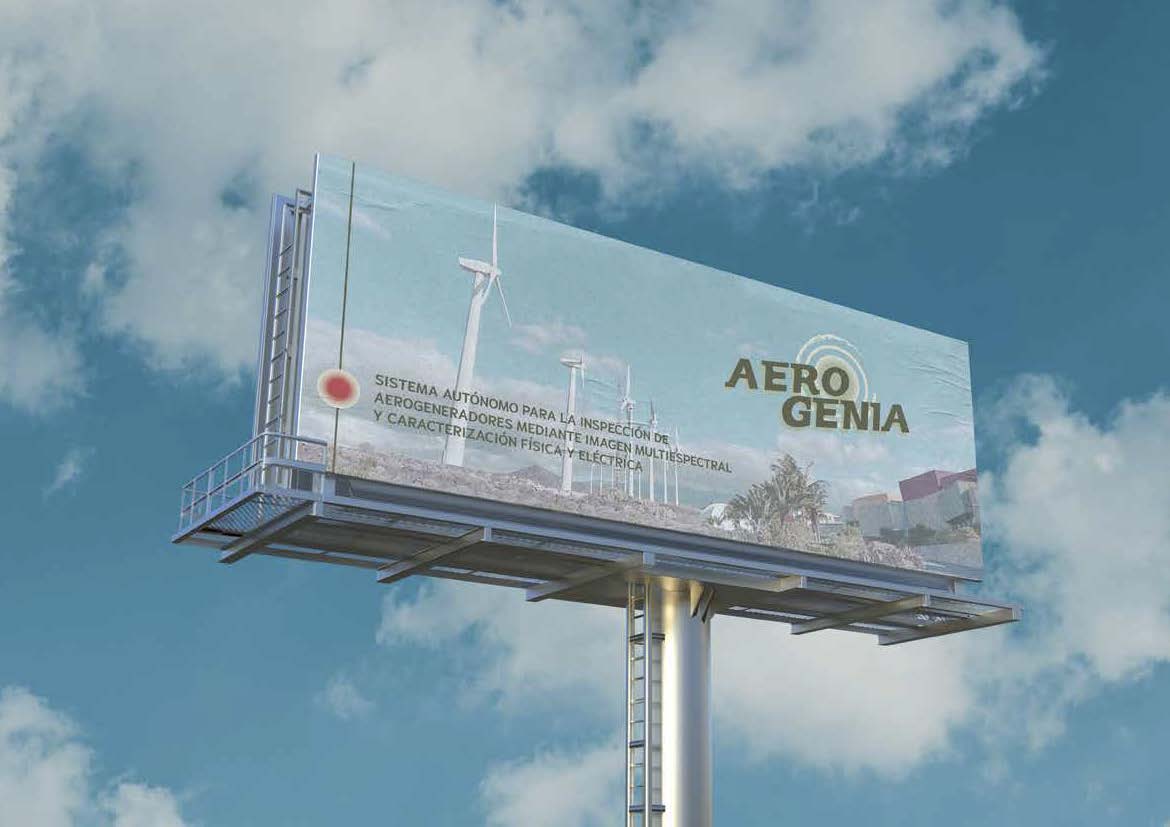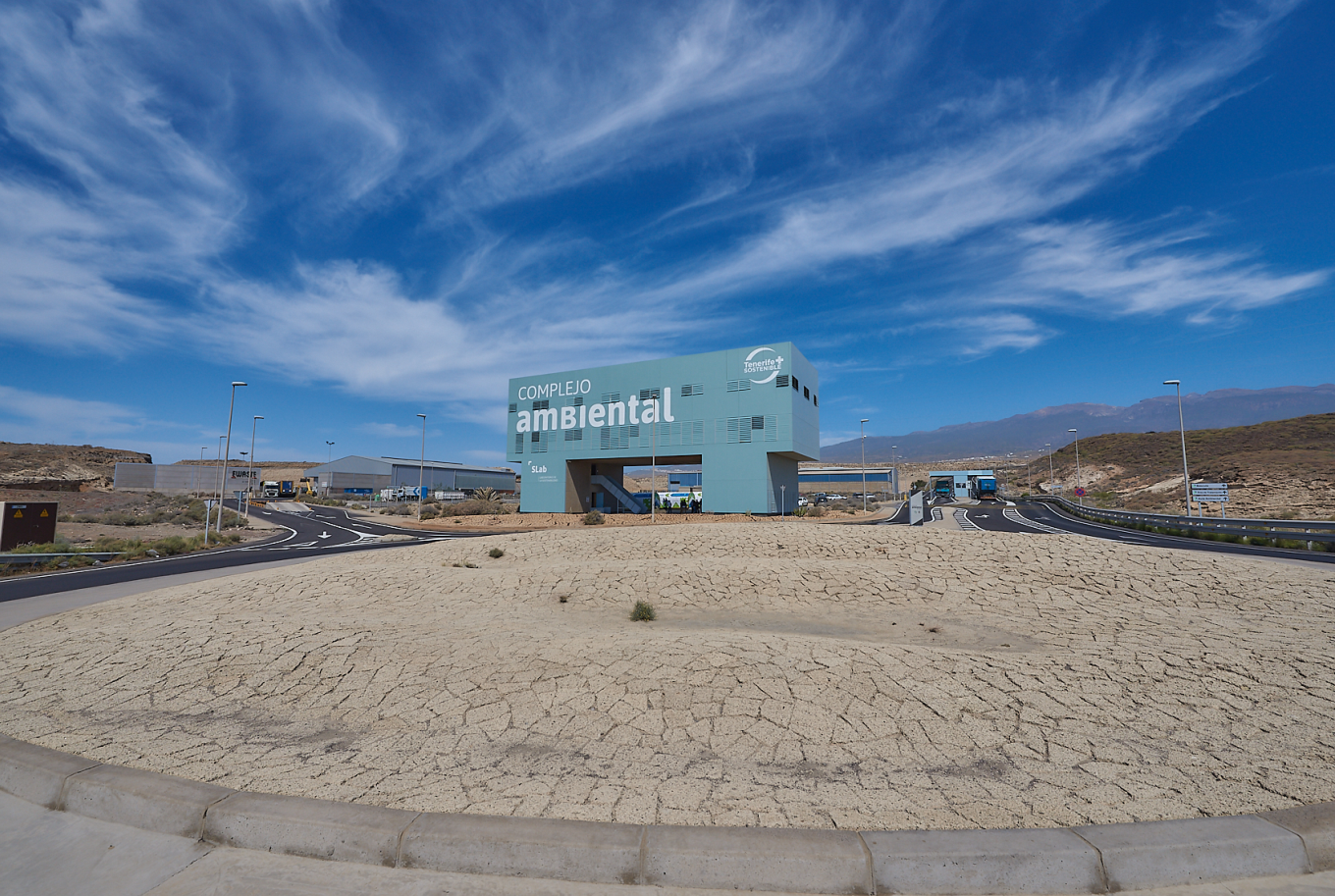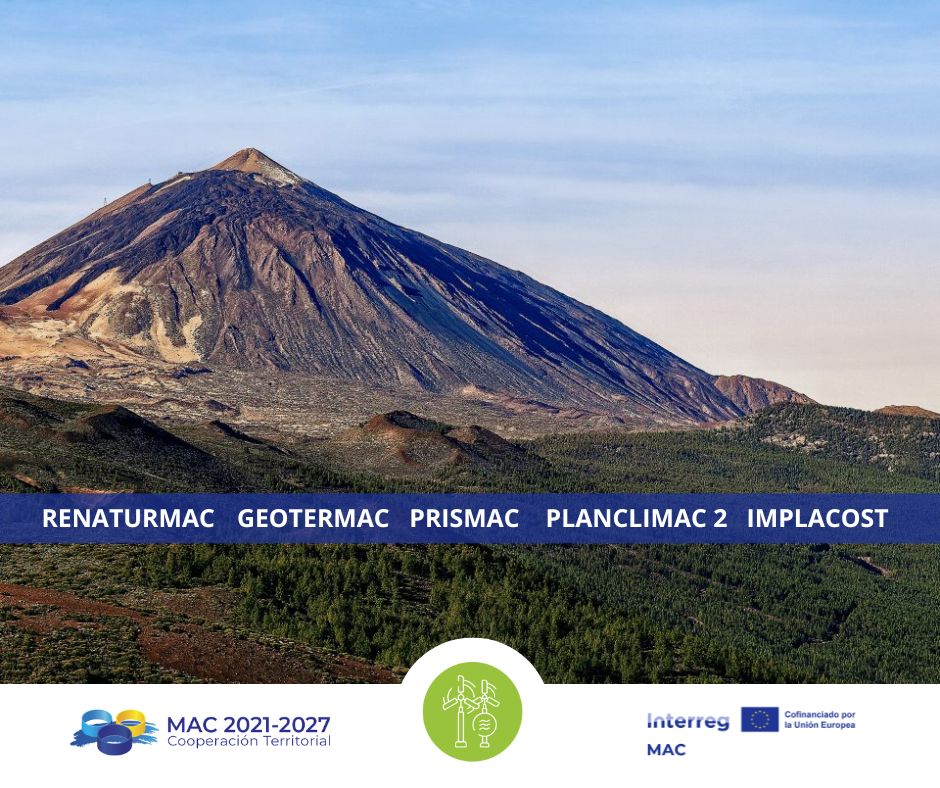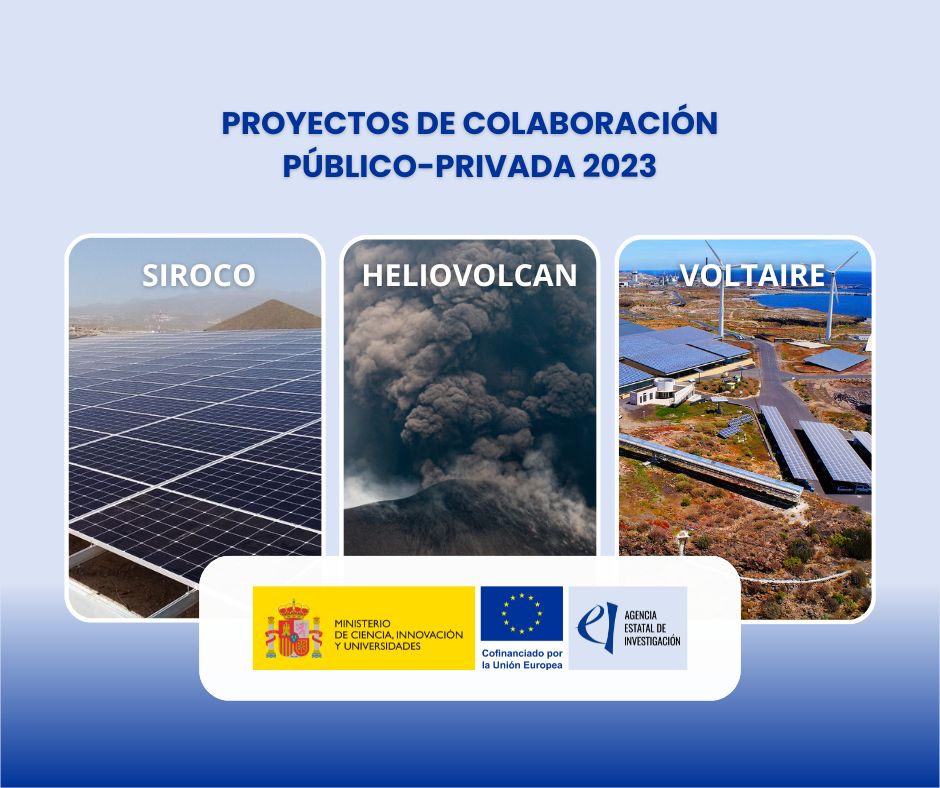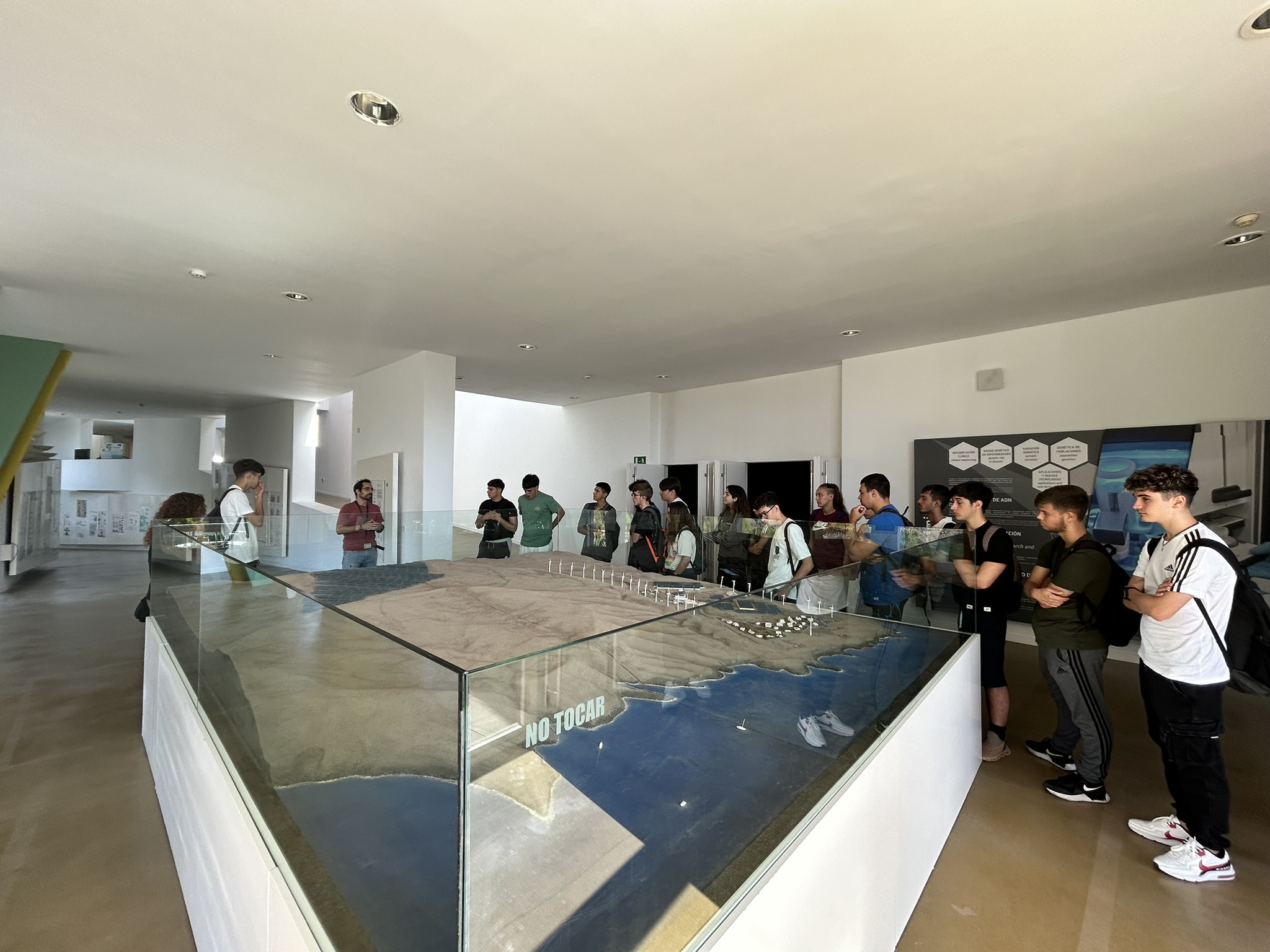Design patterns for optimisation of energy consumption and sustainable energy generation in single-family houses in hot climates
Design patterns for the optimisation of energy consumption and sustainable energy generation in single-family houses for hot climates is a project funded by the Subprogramme of Applied Industrial Research within the 2008 National Programme of Applied Research Projects of the Ministry of Science and Innovation of the Government of Spain.
The project is based on the monitoring of energy consumption and comfort in different types of bioclimatic housing, under real conditions of use, with the fundamental objective of carrying out a comparative study between them to develop design guidelines and guidelines for the integration of active solar systems and home automation systems based on real energy efficiency data.
The partial objectives of the project are:
- Identify, catalogue and analyse the different housing typologies and natural conditioning techniques.
- Monitoring of indoor and outdoor comfort parameters (temperature, humidity, air flow, etc.) and energy consumption in each of the dwellings that form part of the study.
- Use the data collected through monitoring to obtain real and sufficiently reliable information on the final energy savings obtained through the application of domotic systems and bioclimatic principles.
- Define integration models of passive and active solar energy strategies with parameters including climatic conditions, typologies and systems.
- Carry out a technical-economic study to determine the profitability of the investment in home automation equipment.
This monitoring has allowed us to verify and adapt construction models and equipment so that all the typologies examined respond optimally with respect to user comfort with the minimum use of additional conditioning.


